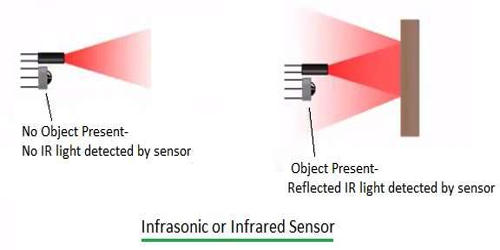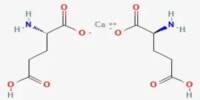An infrared point sensor is a point gas detector based on the nondispersive infrared sensor technology. It is a point gas detector based on the nondispersive infrared sensor technology. It is a method for detecting combustible hydrocarbon gas with infrared light. The detector consists of a source of infrared light, an optical filter to select the proper wavelength, and an optical infrared receiver.
Infrared technology is found not just in the industry, but also in every-day life. Televisions, for example, use an infrared detector to interpret the signals sent from a remote control. The key benefits of infrared sensors include their low power requirements, their simple circuitry, and their portable features. Other key application areas that use infrared sensors include – Climatology, Meteorology, Photobiomodulation, Gas detectors, Water analysis, Anesthesiology testing, Petroleum exploration, Rail safety, etc.
Principle
Dual-source and dual receivers are used for self-compensation of changes in alignment, light source intensity, and component efficiency. The transmitted beams from two infrared sources are superimposed onto an internal beam splitter. 50% of the overlapping sample and the reference signal is passed through the gas measuring path and reflected back onto the measuring detector. An Infrared Gas Detector often uses two wavelengths of infrared energy with one active wavelength used for gas absorption, and the other as a reference wavelength to compensate the output signal of the Infrared Gas Detection system for the effects of temperature, humidity and the presence of moisture or dirt on the optical filters.
An infrared (IR) sensor is an electronic device that measures and detects infrared radiation in its surrounding environment. The presence of combustible gas will reduce the intensity of the sample beam and not the reference beam, with the difference between these two signals being proportional to the concentration of gas present in the measuring path. There are two types of infrared sensors: active and passive. Active infrared sensors both emit and detect infrared radiation. Active IR sensors have two parts: a light-emitting diode (LED) and a receiver. The other 50% of the overlapped signal passes through the beam splitter and onto the compensation detector. The compensation detector monitors the intensity of the two infrared sources and automatically compensates for any long term drift.
















